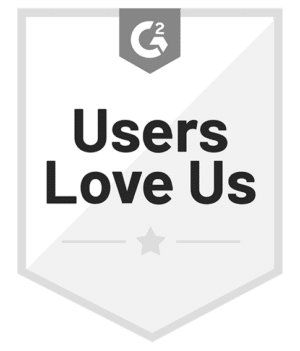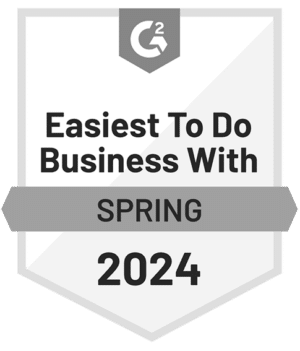

Podcast: Play in new window | Download (Duration: 39:10 — 31.8MB) | Embed
Subscribe: Apple Podcasts | Google Podcasts | Email | RSS | More
The “math person” myth
Far too frequently educators hear students say “I’m not a math person.” Often, children and even adults convince themselves that they’re “built” for other subjects like history or the arts. But Dr. Jo Boaler is on a mission to prove that the idea of a “math person” is a myth.
Boaler is a Professor of Mathematics Education at Stanford University and the faculty director of youcubed.org. She believes (and science backs her up) that we all have the potential to be great at math.
So what are we doing wrong?
When asked what we’re doing wrong right now with math education, Boaler says, “Where do I start?”

Boaler believes an emphasis on speed can be devastating in the classroom. She says it’s particularly damaging when little kids are expected to memorize and regurgitate lots of math facts.
“At that point, when they’re given those timed tests, many of them develop math anxiety, and from that point onwards, it’s downhill for them,” says Boaler.
Boaler also believes math teachers should not call on the first student that raises their hand with the answer to a math equation. She says it reinforces a misconception that you have to be fast with numbers to be good at math.
“If I was to ask an adult to do a calculation, an area of the brain would light up that is seeing fingers,” Dr. Jo Boaler
“I like to share the stories of lots of math mathematicians who will openly talk about how slow they are with math,” Boaler says some mathematicians thought they were stupid in school because speed was valued.
It’s ok to count with fingers
Boaler also talks about the importance of visual thinking when working with numbers. She says everytime you think about math; there are five pathways in the brain that light up. Two of them are visual.
“If I was to ask an adult to do a calculation, an area of the brain would light up that is seeing fingers,” even if you’re not physically looking at your fingers, says Boaler. “For adults, how well they know they’re fingers, predicts how well they’ll do on calculation tests.”
In Episode 121 of Class Dismissed we learn more about the tools Boaler offers educators through http://www.youcubed.org listen to the Class Dismissed Podcast on iTunes or your favorite podcasting app.
Stay Connected
News, articles, and tips for meeting your district's goals - delivered to your inbox.

















